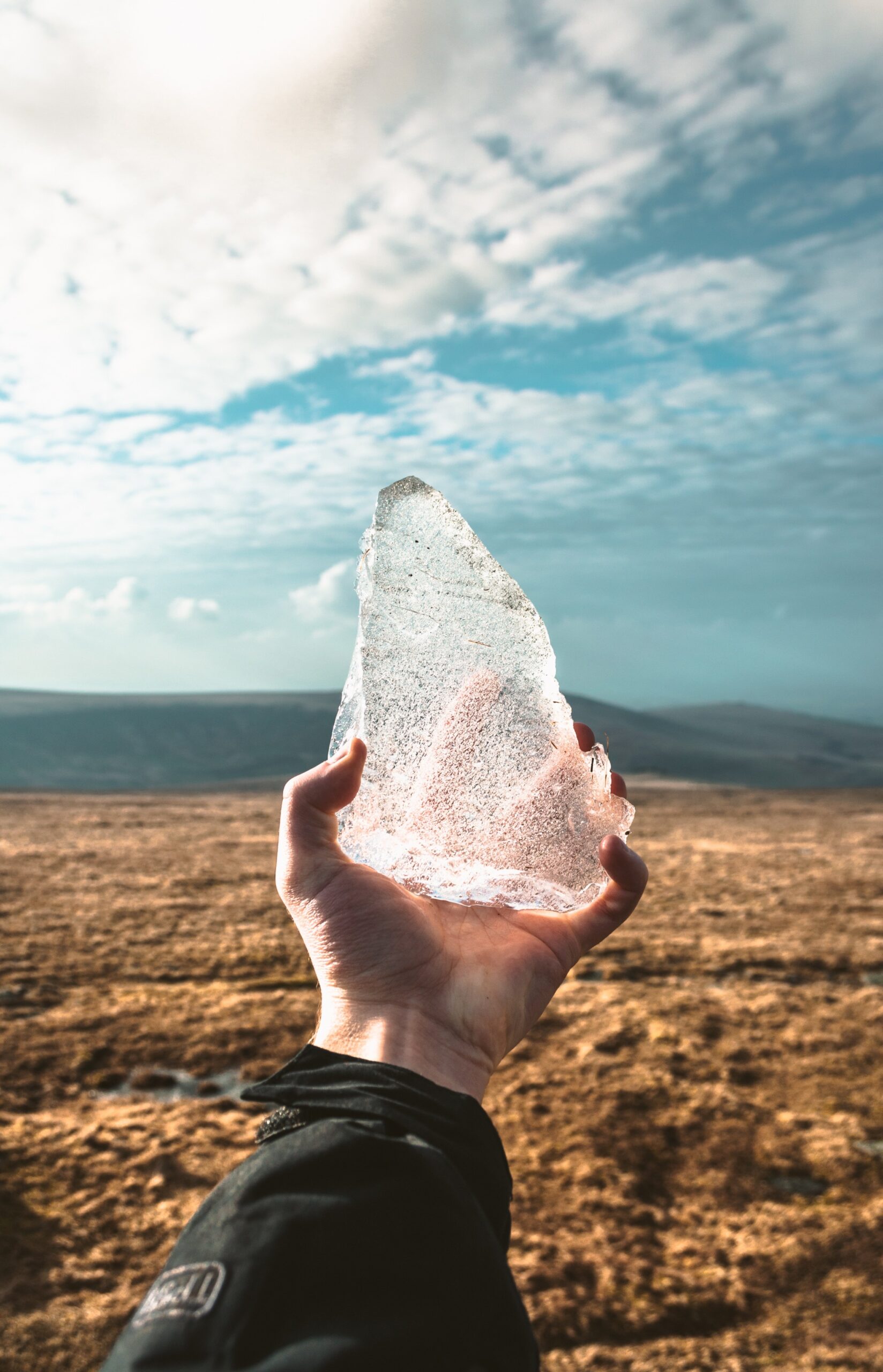But there’s a hitch. It’s much easier to certify the free-range, grass-fed provenance of a hamburger than it is to guarantee that tourmaline gemstone is conflict-free. Crystals aren’t just shrouded in mysticism; often their source is shrouded in straight-up mystery, as the New Republic recently reported.
“Imagine if someone who owned a burger joint had to figure out the entire agriculture meatpacking industry,” Julie Abouzelof, owner of Hawaii’s Moonrise Crystals, told the magazine. “Except there are 1,000 different meats, and nobody’s farm is listed online, and even when you meet the farmer in person, they don’t want to talk to you.”
Crystals and gemstones are mined on every continent on Earth, and the process isn’t universally bad news. In the U.S., you can dig-your-own crystals, just as you can pick-your-own strawberries. There are also small family- and state-owned mines with environmentally friendly operations. Among crystal sellers online, some are transparent about where their rocks are from.
Others just don’t know.
“It’s not like this is some big conspiracy cover-up,” Abouzelof told the New Republic. “The sellers just don’t always know.”
What they don’t know could hurt many people. Some crystals come from large-scale industrial gold, copper, and cobalt mine; the crystals aren’t what miners are after, they’re the profitable byproduct on the hunt for gold. In the US, these mines have had a deleterious effect on the environment, including groundwater contamination. In New Mexico, both the State and U.S. Department of Justice have filed natural resource claims against the Tyrone Copper Mine for damages to water and wildlife. It’s the same mine that produced this large blue chrysocolla—a “supportive goddess energy stone,” reported The New Republic,
And that’s in the United States where the industry is regulated. In the Democratic Republic of Congo, children as young as seven work the cobalt and copper mines in the country’s Katanga region that contain deposits of minerals like tourmaline, amethyst, citrine, blue and smoky quartz.
At the annual Gem, Mineral, and Fossil Showcase in Tucson, Arizona, Abouzelof chose not to buy a relatively cheap supply of jade when she learned it had been mined in Myanmar. The New York Times has compared Myanmar jade to blood diamonds; its extraction has “helped finance a bloody ethnic conflict and unleashed an epidemic of heroin use and H.I.V. infection among the Kachin minority who work the mines.”
Those are the kind of bad vibes that can’t be cleansed from a gemstone bathing in the light of the full moon.
But should the murky provenance of crystals keep you from getting your goddess on with the stones? If it’s human rights you’re worried about, your cell phone is probably a bigger ethical dilemma than your crystal collection, writes crystal healer and seller Hibiscus Moon. The so-called “conflict minerals” in our electronics fund human atrocities in the Democratic Republic of Congo, she writes, and “are the ones we need to concern ourselves with.” Tony Nikischer, president of Excalibur Mineral Corporation, told Emily Atkin at the New Republic that crystal mining “certainly is not a ‘despoiler of the earth’ activity as some large-scale mining operations in foreign countries may be.”
Maybe your rose quartz really will help usher in true love. But if you can’t be sure you’re not causing the suffering of another human spirit to praise something pretty in pink on your altar, it might not be worth it.
“You could give up the habit and leave those pretty rocks where they belong,” writes Katie Herzog at The Stranger, “in the earth.”





